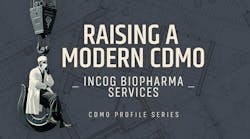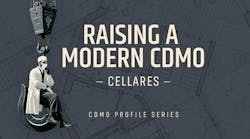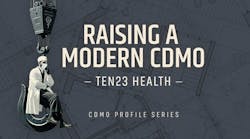Auditing a Quality Management System is daunting. Complexity only increases when a customer insists on conducting the audit, and requires it before issuing a purchase order.
However, customer audits should not be viewed as hurdles to overcome, but as a process that can be valuable to both parties. This article will discuss how to make such audits a “win win.”
First, both parties must understand the audit’s true purpose. Why has this potential customer decided to perform an onsite audit instead of simply answering a questionnaire? Typically, customers will require more careful vetting when they are planning significant purchases.
Their auditors will thus want to see a QMS in place, with functional and effective controls. The auditors want to walk away from the audit with a good understanding of the QMS and whether it does or does not meet their requirements.
The Quality Group at the audited company wants to ensure that the auditor has been shown the QMS and had all its questions answered. Typically, there will be some very straightforward expectations from the customer to either meet a national or international standard such as IEC/ISO 9001:2008, IEC/ISO 17025:2005, 21 CFR Part 820, or perhaps an industry-supported recommended best practice such as the GAMP.
Be Prepared
Most auditors will provide a schedule for the audit, which includes its scope and identifies key areas which they will want to review in more detail. In some cases, the auditors may even provide a list of objective pieces of evidence to be provided during the audit. Such preliminary information gives the audited company full knowledge of what to expect.
Having all documentation gathered before the audit can speed up the audit process and make it easier for all parties. Ensuring that all the required objective evidence is gathered before the audit can also be an effective way for a company to test its own QMS, and ensure that it is being followed properly between internal audit cycles. This does not replace the need for internal audits but does give ongoing feedback to the Quality Group that all records are being maintained and kept up to date. In addition, this simple practice provides advance notice of, and time to correct, any potential deficiencies or shortcomings that auditors.
When updating the QMS, it is important to keep processes and procedures simple and realistic. It is very easy to create a complex process to solve a simple task. The final result may appear cleaner, but if it is too complex, the process will never be executed consistently, defeating its purpose.
The same is true for implementing an overbearing process, where there are insufficient resources to complete the requirements. A prime example of this could be an internal audit schedule. It looks good on paper to say that internal audits will occur every month; however, if there are not enough resources to perform audits this often, then all that has been accomplished is the creation of a deficiency for a future audit.
Audited sites must also provide documented evidence of all activities. Pointing to a procedure will not, generally, suffice. A documented record, either written or electronic, is often the objective evidence required to prove that a process has been followed. A common understanding: an action did not occur unless there is a record of it occurring. This applies equally to training records, corrective actions, and to more obscure actions such as switching backup tapes.
All of these activities can be accomplished before an auditor walks in the front door. Each activity will assist with preparation and make the audit process run smoother, which will typically make it easier for each party to accomplish their goals in the audit.
How You Look at It
Even with preparation, an audit can be an anxiety-ridden experience. Often it is the little things that can derail the process. Attitude and openness play an important role. In any QMS, there is always room for improvement. There will always be sections which could be more effective, provide better results, or simply be more efficient. It is important to recognize this and not view the QMS as if it were set in stone or perfect.
Another effective approach is to look at these audits as customer consultation. Customer’s auditors have likely seen dozens of Quality Management Systems, each of which has its own strengths and weaknesses. If they raise an issue with a certain process, chances are that they can also recommend a better one.
Not every suggestion will be applicable or practical, but the sharing of best practices and ideas can lead to improvement. Such improvements may also be applied to processes which meet requirements but may not be efficiently implemented. Such an approach can have the added benefit of preventing the antagonistic relationship which can often occur during an audit. It sets the tone for a more cooperative partnership between the companies.
An audit has the potential to bring a new perspective and fresh ideas to the QMS and can almost always provide ideas for improvement. The purpose of the audit is not to eliminate, but rather to elevate, a vendor, which will improve product quality and lower overall cost for all parties.





